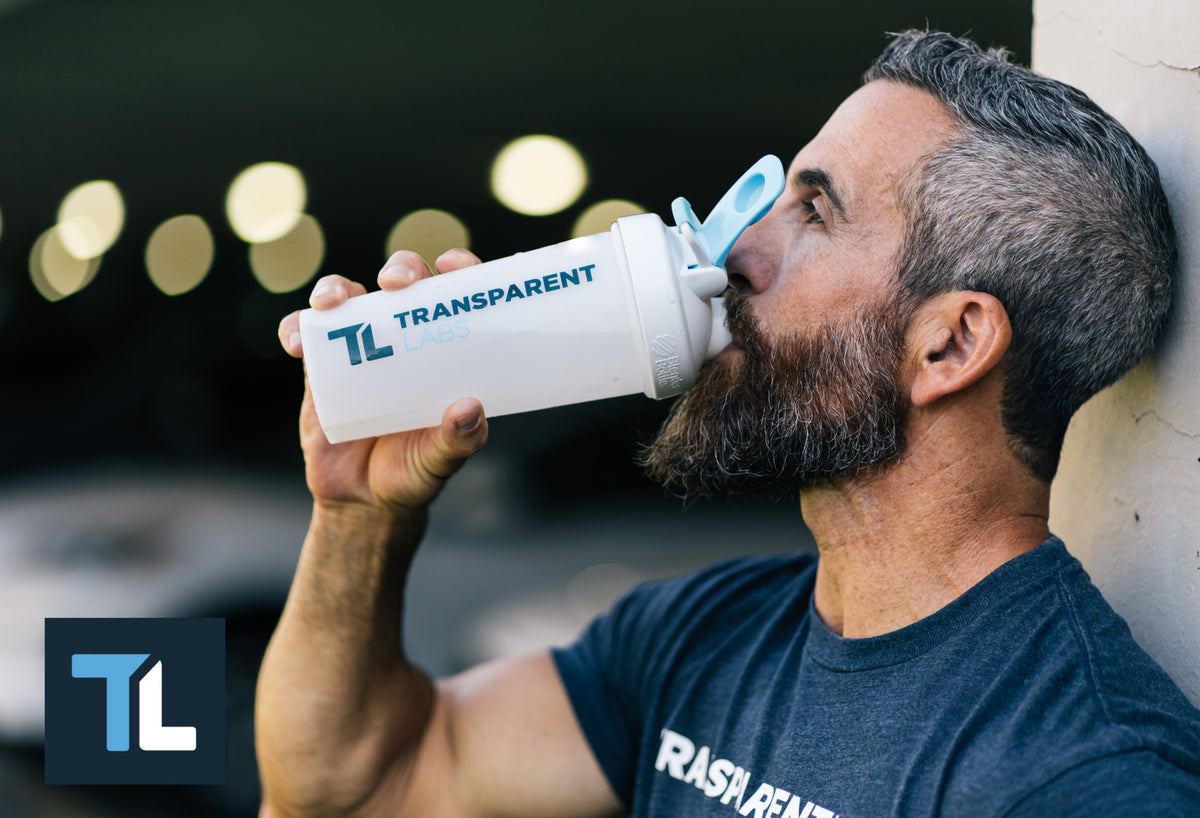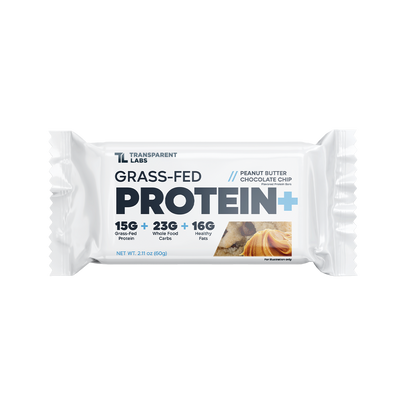Epicatechin Benefits: Weighing the Evidence

Epicatechin Benefits: Weighing the Evidence
Epicatechin supplements are rising to prominence among bodybuilders and athletes looking to enhance exercise performance and muscle growth. Epicatechin is suggested to be a natural myostatin inhibitor. Thus, taking an epicatechin supplement can ostensibly increase skeletal muscle mass, strength, and endurance.
While the health benefits of epicatechin and other antioxidants found in tea leaves, coffee beans, and cocoa beans are innumerable, the ergogenic effects of isolated epicatechin remain somewhat equivocal [1]. Recent evidence also raises doubts about the use of myostatin blockers for building muscle mass and preventing muscle atrophy in humans [2].
Highlights of Epicatechin Benefits:
Aside from its putative myostatin-inhibiting properties, epicatechin may have multifarious benefits by increasing nitric oxide production, lipolysis (fat breakdown), fatty acid oxidation (fat burning), insulin sensitivity and mitochondrial biogenesis. In simpler terms, it works by bolstering blood flow and metabolic rate while simultaneously regulating blood sugar levels and promoting muscle protein synthesis. Additionally, epicatechin is a potent antioxidant that may help reduce cholesterol levels and improve cardiovascular and brain functioning.
Read on to learn what recent studies have to say about the effects of epicatechin supplementation.
What Is Epicatechin?
Chemically speaking, epicatechin is an epimer of a parent molecule called catechin. Two molecules are epimers of one another when they have at least two asymmetric carbon atoms but differ by configuration at only one of those carbons. Essentially, epimers are identical molecules with the same asymmetric carbon atom (and its bonds) rotated differently in space (see image below for reference).

Catechin and its derivatives ("catechins") are a diverse group of plant-derived antioxidants. They are ubiquitous polyphenols in fruits and vegetables, especially green tea leaves and cocoa beans/dark chocolate.
Epicatechin (EC) is a prominent catechin found in cocoa beans — and to a lesser degree in tea leaves — along with epigallocatechin gallate (EGCG), epigallocatechin (EGC), and epicatechin gallate (ECG) [3]. Epicatechin and related catechins have characteristically high antioxidant activity, making them attractive therapeutic candidates for oxidative stress-induced health conditions (e.g. cardiovascular disease, muscle atrophy, and chronic inflammation) [4].
If you've ever taken a green tea leaf extract supplement, odds are you're familiar with EGCG. Researchers have traditionally assumed EGCG is responsible for the myriad health benefits of green tea, but recent data suggests that may not be the case [5]. The EGCG from green tea has limited bioavailability and is unstable in neutral-alkaline pH ranges [6].
The good news is that EGCG can be enzymatically converted into its constituent molecules — epicatechin and gallic acid — which are readily absorbed, stable at various pH ranges, and seemingly even more beneficial for longevity and athletic performance [7]. With that in mind, let's look at the research behind epicatechin supplements as ergogenic aids.
Does Epicatechin Increase Nitric Oxide, Blood Flow, and Muscle Mass?
Epicatechin supplements are intriguing for several reasons. For one, epicatechin appears to increase aerobic and anaerobic fitness by bolstering mitochondrial biogenesis and nitric oxide production [8]. Secondly, epicatechin supplementation may enhance muscle protein synthesis, exercise endurance capacity, and relative peak anaerobic power through several proposed pathways that we will discuss below [9].
Epicatechin: A Natural Myostatin Inhibitor?
Epicatechin appears to augment anaerobic training adaptations and muscle building, both of which may be partly mediated by myostatin inhibition [10]. Myostatin is a myokine ("muscle-derived hormone") that inhibits excess muscle growth by reducing the expression of myogenic ("muscle-generating") factors.
When myostatin binds to its receptor, ActRIIB, it activates a cellular pathway called Smad that blocks genes from transcribing myogenic factors. A myostatin inhibitor prevents myostatin from binding to its receptor, thereby repressing the downstream Smad-pathway [11].
Inhibiting myostatin is an example of disinhibition — when a molecule that normally inhibits a pathway is inhibited by another molecule, an opposite effect results. In this case, the expression of myogenic factors increases when myostatin is inhibited.
Myocytes of the heart and myoblasts (precursors of skeletal muscle cells) contain the gene — MSTN — that regulates myostatin levels. As such, relative myostatin mRNA expression is a common biomarker in epicatechin research.
The body produces slightly more myostatin as we age from our 30s to late 50s, making it harder to build muscle mass [12]. Hence, myostatin inhibitors have been an emphasis of research concerning sarcopenia (age-related muscle wasting), muscular dystrophy, and other musculoskeletal conditions.
Naturally, many gym-goers and athletes think that taking a myostatin inhibitor will get them jacked in a matter of weeks. After all, that's what happens to cows and mice that are given myostatin blockers, right?
Unfortunately, that doesn't seem to be the case for humans. Clinical studies investigating the use of pharmaceutical myostatin inhibitors for stimulating muscle growth have yielded underwhelming outcomes [13]. Several recent research analyses conclude that animal models of myostatin blockade simply haven't translated to human models [14, 15].
Myostatin Inhibition for Skeletal Muscle Growth
Theoretically, lower myostatin levels will allow muscle cells to differentiate and proliferate at a greater rate. Research has indeed found an inverse correlation between circulating myostatin levels and lean muscle mass [16]; in other words, individuals with lower myostatin levels tend to have more muscle mass and vice versa. Interestingly, myostatin expression increases rapidly after skeletal muscle disuse (e.g. being on bed rest for several consecutive days) [17].
Does supplementing with epicatechin reduce myostatin gene expression? The short answer: Possibly. Studies of aerobic and anaerobic athletes have yielded discordant results; some show that epicatechin supplementation reduces myostatin gene expression (and circulating levels) while others show no effect [18, 19, 20].
Curiously, studies that found a significant interaction between the active treatment and myostatin levels were investigating epicatechin-enriched green tea extracts. Such findings indicate that green tea catechins work synergistically to enhance skeletal muscle adaptation.
Epicatechin Benefits Aerobic and Anaerobic Capacity

Exercise-induced mitochondrial biogenesis occurs when skeletal muscle cells create new mitochondria in response to strenuous exercise. As a result of muscle mitochondrial content increasing, basal metabolic rate rises, oxidative capacity expands, and several advantageous adaptations take place [21].
Epicatechin can increase mitochondrial biogenesis even further when combined with diligent anaerobic exercise (e.g. heavy resistance training), but its effects on aerobic training adaptations are less compelling [22]. Moreover, epicatechin promotes muscle blood flow by increasing nitric oxide production and stimulating angiogenesis [23].
Human data on epicatechin supplementation is still somewhat scarce. In fact, the first human study of isolated epicatechin wasn't published until 2014 [24]. As time evolves, clinical studies will hopefully verify the putative benefits of epicatechin for active individuals.
Epicatechin Dose
The oral bioavailability of (-)-epicatechin exceeds that of its isomer (+)-epicatechin (think: mirror images of the same molecule) [25]. The (+) isomer of epicatechin doesn't readily occur in nature, so most studies focus on the more bioavailable (-) isomer.
Based on current evidence, a clinically effective dose of (-)-epicatechin is 1 – 1.5 mg per kg of body weight daily. For example, a 100-kg individual should aim for at least 100 mg of epicatechin per day for proper results.
Is an Epicatechin Supplement Worth It?
Formulas of nutritional supplements typically outpace the science behind their ingredients — epicatechin supplements are another example of that trend. Though it can increase nitric oxide production and mitochondrial biogenesis, it's unclear if epicatechin confers significant muscle-building benefits.
Nevertheless, the distinguished catechins found in green tea and cocoa beans are promising nutraceuticals to keep an eye on. If you have a little extra cash and want to give epicatechin a shot, go for it — but don't expect a night-and-day difference or it will probably disappoint you.









